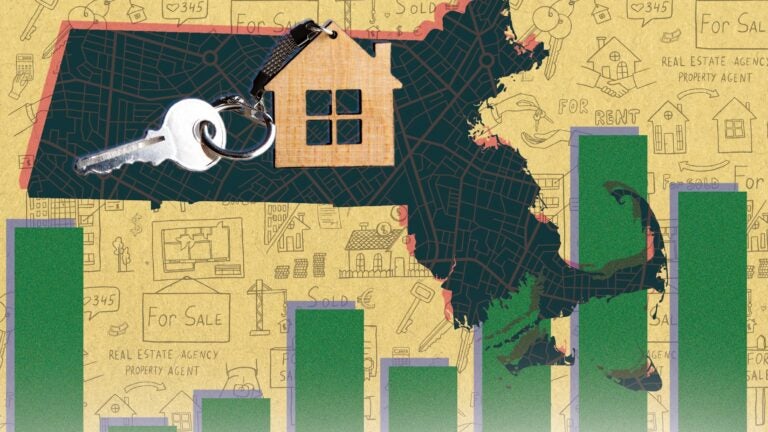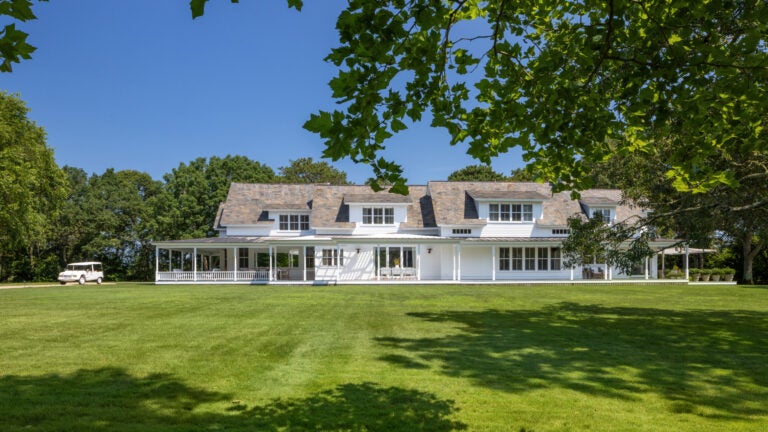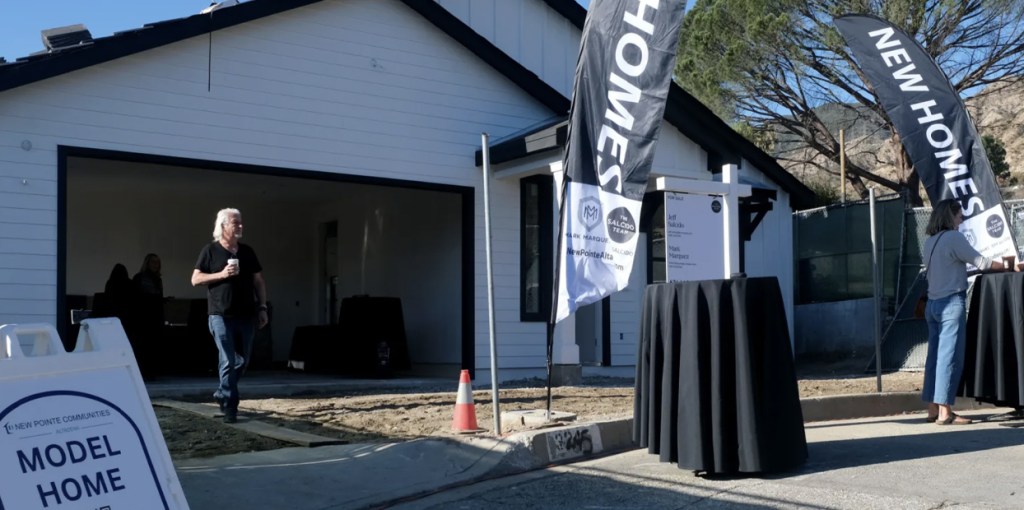F
ed Rate Cuts Will Provide Relief for U.S. Real Estate Market, but Mortgage Rates Unlikely to Dip Below 5% Before 2027, Fitch Predicts. The 30-year fixed mortgage rate and the 10-year Treasury yield have already factored in the Federal Reserve's 50 basis point rate cut. Even with additional cuts, a decline in the 30-year mortgage rate to around 5% hinges on the spread between the two returning to its pre-pandemic average of 1.8 percentage points.
Fitch analysts note that the 10-year yield has limited room for decline following rate cuts, particularly after this summer's drop in anticipation of monetary policy easing. They forecast the 10-year yield to end 2026 around 3.5%, down slightly from its current level of approximately 3.7%. A 3.5% 10-year Treasury yield plus the historical average spread of 1.8 percentage points results in a mortgage rate of about 5.2%.
The gap between the 30-year mortgage rate and the 10-year Treasury yield has widened since the Fed began raising policy rates in March 2022, reflecting higher prepayment risk and reduced holdings of mortgage-backed securities (MBS). Demand Remains Above Averages Housing demand has softened since August 2023 but remains above long-term averages. Further declines in mortgage rates will improve affordability and support demand, but low inventory will likely constrain home sales until rates approach 5%.
Around 24% of outstanding mortgages have rates above 5%. As mortgage rates approach that figure, likely by 2026, homeowners with these higher-rate mortgages should become more willing to sell their homes and take on a new mortgage. Housing Supply Needs to Improve Total U.S. inventory has increased this year but remains below pre-pandemic levels, driven by a 27% drop in existing home supply since February 2020. The supply of existing homes needs to improve to enhance pricing and market activity.
Mortgage originators are benefiting from higher volumes as refinancing activity has gradually recovered with the decline in mortgage rates. Homeowners with mortgage rates above 6%, representing 14% of outstanding mortgages or roughly $1.5 to $2 trillion, are in a prime position to refinance as the average 30-year rate approaches 6%.














